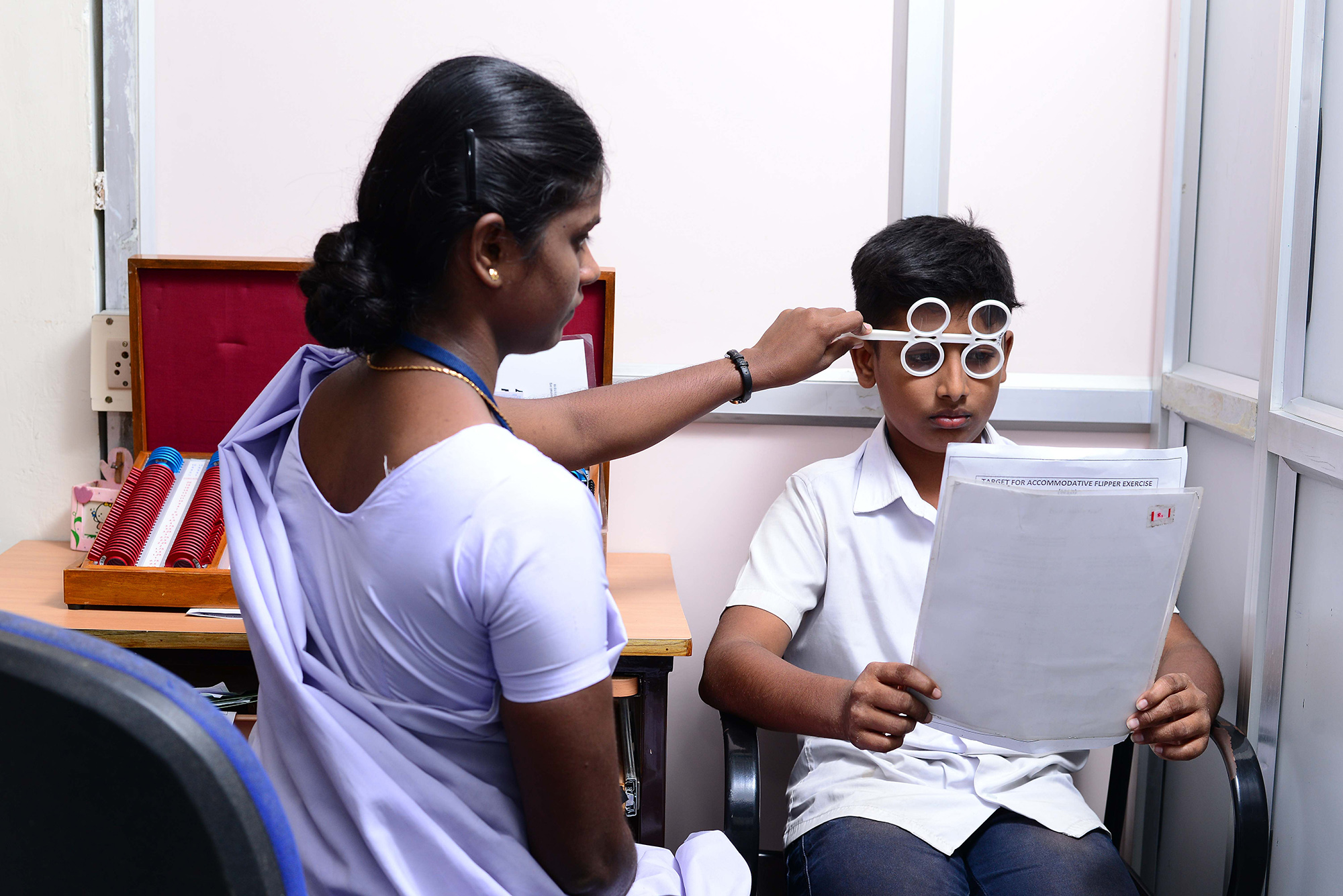Test your knowledge and understanding

Related content
Use these questions to test your understanding of the concepts covered in this issue.
We hope that you will also discuss the questions with your colleagues and other members of the eye care team, perhaps in a journal club. To complete the activities online – and get instant feedback – please visit www.cehjournal.org
Tick ALL that are TRUE
Question 1 In testing visual acuity, if the patient is unable to identify any letters on the Snellen chart, you should next test for the ability to?
a. Count fingers
b. Identify position of a stationary light
c. Identify presence of a stationary light
d. Identify direction of hand movements
Question 2 A handy way to screen for visual field defects is by use of the:
a. Pinhole test
b. Amsler grid test
c. Red reflex test
d. Tumbling E test
Question 3 In illiterate patients, one way to test visual acuity is by use of?
a. Amsler grid
b. Pinhole
c. Tumbling E chart
Question 4 It is imperative to build a substantial pool of trained ophthalmic personnel because:
a. They take eye services effectively to every corner of a nation
b. They fill the gap in the services chain, between healthcare and patients
c. They are critical in a nation’s endeavour to bring down the incidence of avoidable blindness
d. All of the above
ANSWERS
1. a. In patients who can’t recognize the biggest letter on the Snellen graph, test the patient’s ability to distinguish the number of fingers showed at a distance of 1 foot (1/3 meter) from each eye (with the other eye closed). In case the patient cannot count fingers, test the patient’s capacity to distinguish the direction of hand movement at a distance of 1 foot (1/3 meter) from the eye.
2. b. The Amsler grid test uses a grid of vertical and horizontal lines to assess for visual field defects in the central visual field. It is also known as Macular degeneration test chart.
3. c. The tumbling E chart is fundamentally based on the patient’s ability to indicate direction of the displayed letter E. It can be used to test visual acuity in people with speech and language disorders as well.
4. d. All of the above.
